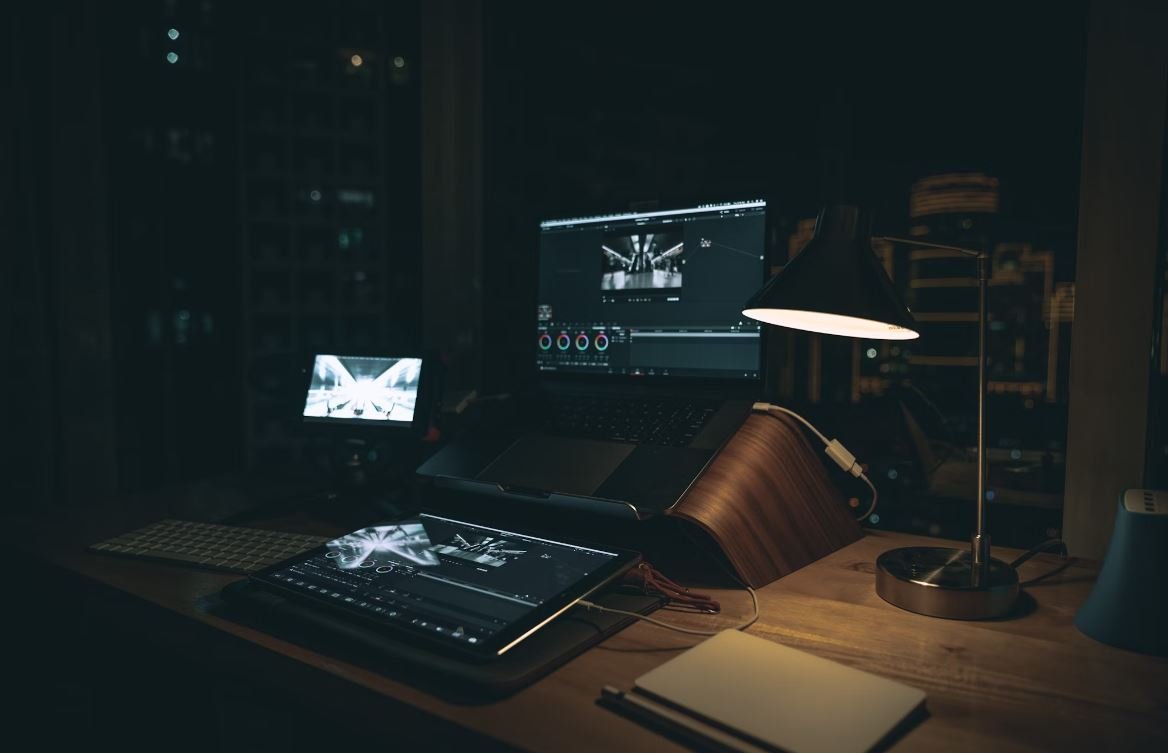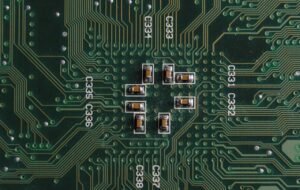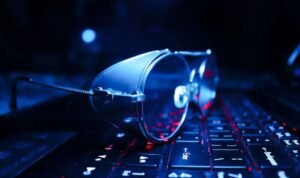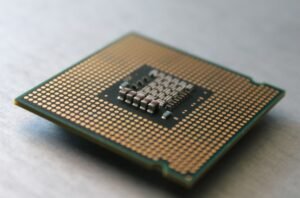AI Tools to Generate Images
Artificial Intelligence (AI) has transformed various industries, including the field of image generation. AI-powered tools and algorithms can now generate stunning and realistic images from scratch, making it easier for designers, artists, and content creators to bring their ideas to life. In this article, we explore the capabilities of AI tools for generating images and discuss their impact on various sectors.
Key Takeaways:
- AI tools enable the generation of realistic and high-quality images.
- They can speed up the design process and improve efficiency.
- AI-generated images have applications in various fields, including advertising, gaming, and interior design.
- While AI image generation has its benefits, human creativity and insight are still essential in creating unique and compelling visuals.
**AI image generation** leverages advanced algorithms and machine learning techniques to produce images that are visually appealing and indistinguishable from those created by humans. These tools utilize vast datasets to learn patterns, styles, and aesthetics, enabling them to generate visually coherent and realistic images automatically.
*Researchers have even developed AI models that can generate entirely new scenes and images by extrapolating from existing data.*
**AI image generation** algorithms use various approaches to generate images, such as **Generative Adversarial Networks (GANs)** and **Variational Autoencoders (VAEs)**. GANs, for instance, consist of two neural networks: a generator and a discriminator. The generator creates synthetic images, while the discriminator assesses their authenticity. Through repeated training and feedback loops, the generator improves its ability to create more convincing images.
Applications of AI Generated Images
The applications of AI-generated images are vast and continuously expanding across several industries. Here are some notable sectors where AI tools for image generation have made a significant impact:
- **Advertising**: AI-generated images offer a cost-effective solution for creating compelling ad visuals, eliminating the need for expensive photoshoots and lengthy editing processes.
- **Gaming**: AI tools can quickly generate environments, characters, and objects, saving time and resources for game developers.
- **Interior Design**: AI-generated images can help designers visualize different interior concepts and experiment with various styles, allowing for quick iterations and client feedback.
- **Fashion**: AI-generated images can showcase various clothing designs on virtual models, enabling fashion brands to create extensive catalogs without the need for physical photoshoots.
Data and Performance Comparison
| Model | Image Dataset Size | Performance Metrics |
|---|---|---|
| Deep Convolutional GAN (DCGAN) | 1 million images | Realistic image generation, but some artifacts. |
| Progressive Growing of GANs (PGGAN) | Over 6 million images | Superior image quality, minimal artifacts. |
Some AI image generation models, such as DCGAN and PGGAN, have gained prominence due to their impressive performance. PGGAN has shown superior image quality compared to DCGAN, showcasing minimal artifacts and generating highly realistic visuals.
User Feedback and Adoption Rates
| AI Image Generation Tool | User Feedback | Adoption Rate |
|---|---|---|
| Imaginary Landscape Generator | Positive user feedback regarding image diversity and quality. | High adoption rate among digital artists and landscape photographers. |
| AI-Generated Portrait Maker | Mixed user feedback due to slight inconsistencies in facial features. | Moderate adoption rate in the gaming and animation industries. |
*Despite some inconsistencies in facial features, the AI-Generated Portrait Maker has found moderate adoption in the gaming and animation industries, showcasing its potential in character design and customization.*
While AI tools for image generation offer significant advantages, it’s essential to acknowledge that human creativity and insight are still paramount in creating unique and compelling visuals. AI is a powerful ally that can streamline workflows and amplify creative processes, but it should supplement human ingenuity rather than replace it.
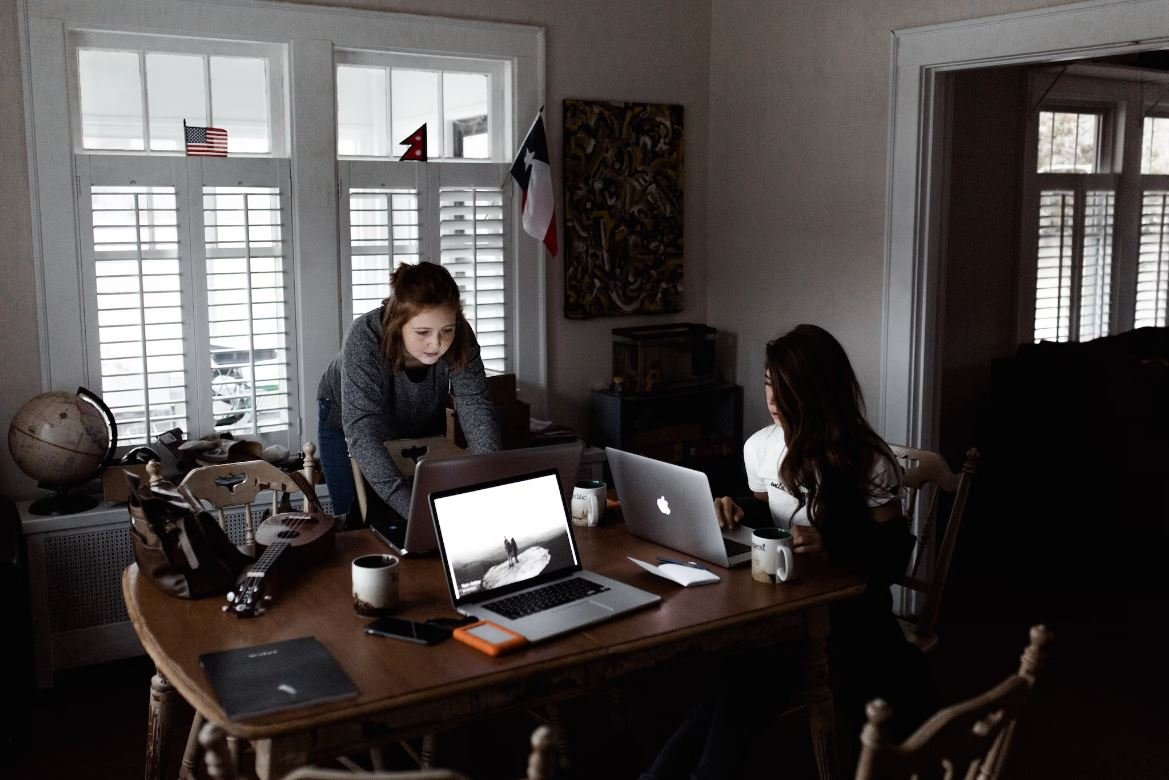
Common Misconceptions
Misconception 1: AI tools can perfectly generate realistic images
One of the most common misconceptions people have about AI tools that generate images is that they are capable of perfectly creating realistic images. The reality is that while AI tools have advanced significantly, they are not yet at a level where they can replace human artists completely. It is important to understand that AI tools are trained on existing data and can only generate images based on what they have learned.
- AI tools rely on existing data to generate images.
- They may struggle with complexity and details in the image.
- Human artists still have a unique creative touch that AI tools cannot replicate.
Misconception 2: AI-generated images are always original and unique
Another misconception is that every image generated by AI tools is original and unique. While AI tools can produce a vast number of variations, they are still limited by the data they are trained on. This means that there will always be some similarity or connection to the existing images in their training dataset. The generated images might appear unique at a glance, but they often share underlying patterns or similarities when closely examined.
- AI-generated images are influenced by their training dataset.
- They might have underlying patterns or similarities to existing images.
- Artistic interpretation is limited as AI focuses on learned patterns.
Misconception 3: AI tools can completely automate the creative process
AI tools are powerful tools that can assist and augment the creative process, but they cannot completely automate it. While AI can generate initial ideas and inspiration, it lacks the ability to truly understand the context, emotions, and meaning behind a creative work. The human element is still crucial in applying artistic vision, making subjective judgments, and injecting personal experiences into the creative process.
- AI can assist with initial ideas and inspiration.
- Understanding context and emotions is limited for AI tools.
- Human creativity and personal touch are essential for the creative process.
Misconception 4: AI tools will replace human artists
There is a fear among some that AI tools will replace human artists in the creative industry. While AI can augment the work of artists and provide new tools and possibilities, it is unlikely to completely replace the unique perspectives and creativity that humans bring. AI tools serve as a powerful tool for artists, allowing them to explore new styles, concepts, and techniques, but they cannot replicate the human experience and intuition.
- AI tools enhance and augment the work of human artists.
- They provide new possibilities and artistic techniques.
- Human creativity and intuition cannot be replicated by AI.
Misconception 5: AI-generated images are ethically and morally neutral
AI-generated images are often perceived as neutral entities, free from personal biases or ethical implications. However, AI tools are only as neutral as the data they are trained on. If the training data contains biases or problematic content, the AI-generated images can inherit and reproduce those biases. It is crucial to critically examine and train AI tools on diverse and inclusive datasets to avoid perpetuating societal biases or prejudices.
- AI-generated images can inherit biases from training data.
- Critical examination and diverse training datasets are necessary.
- Ethics and inclusivity must be considered in AI-generated imagery.

Introduction
In recent years, advancements in artificial intelligence technology have revolutionized the field of image generation. AI tools are now capable of creating stunning and realistic images that were once only within the realm of human creativity. This article explores 10 intriguing aspects of AI tools used to generate images, providing fascinating insights into their capabilities.
The Power of Neural Networks
Neural networks form the backbone of many AI tools for image generation. These complex systems imitate the workings of the human brain, enabling AI to learn from vast amounts of data and produce astonishing visual output.
Unleashing Creativity
AI tools empower users to tap into their creative potential. Through algorithms and deep learning, these tools can generate unique and captivating images, spurring creativity for artists, designers, and enthusiasts alike.
Enhancing Photography
AI algorithms can analyze and enhance photos, transforming ordinary snapshots into professional-looking images. By automatically adjusting lighting, colors, and composition, these tools help photographers achieve greatness with a single click.
Genre Blending
AI tools have transcended traditional artistic genres by merging different styles, leading to the creation of innovative and imaginative artworks. These tools blend diverse elements, resulting in never-before-seen combinations that challenge artistic boundaries.
Realistic Virtual Worlds
AI-generated images play a vital role in creating immersive virtual environments. From lifelike character renderings to intricately detailed landscapes, AI tools contribute to constructing impactful and realistic virtual worlds across industries such as gaming and architecture.
Facial Manipulation Unveiled
AI tools have introduced advanced facial manipulation capabilities, enabling users to transform facial features, expressions, and even age or gender. With these tools, creative expression takes on a whole new level, offering endless possibilities for image manipulation.
Precision Medical Imaging
AI-assisted medical imaging tools have revolutionized the field of diagnostics. By employing machine learning algorithms, medical professionals can analyze and interpret medical images with greater precision and accuracy, leading to improved patient care.
Deep Learning for Art Restoration
Deep learning algorithms are being harnessed to restore artworks damaged by time, providing an avenue for preserving cultural heritage. By analyzing historical datasets and art techniques, AI tools can recreate missing details and rejuvenate masterpieces.
Environmental Preservation
AI-powered image generation assists in environmental preservation efforts. By analyzing satellite imagery and drones, these tools help monitor and detect changes in ecosystems, facilitating effective conservation measures to protect our planet.
Conclusion
The incredible capabilities of AI tools for image generation are reshaping various industries, enabling new creative expressions and providing valuable solutions to real-world challenges. With each advancing technology, the potential for AI to generate awe-inspiring and meaningful images continues to expand, sparking imagination and revolutionizing the art of visual storytelling.
Frequently Asked Questions
What is an AI tool to generate images?
An AI tool to generate images is a software application that uses artificial intelligence algorithms to create new images based on existing data. These tools can generate realistic images of people, objects, landscapes, and more, often without the need for human intervention.
How do AI tools generate images?
AI tools generate images by analyzing patterns, structures, and embeddings in a given dataset. They use deep learning algorithms such as generative adversarial networks (GANs) or variational autoencoders (VAEs) to learn the underlying features of the input data and generate new images that exhibit similar characteristics.
What are some popular AI tools to generate images?
Some popular AI tools to generate images include DeepArt, DALL-E, DeepDream, StyleGAN, and GANPaint Studio. These tools utilize advanced AI techniques to produce visually stunning and innovative images.
Can AI tools generate images that are indistinguishable from real ones?
While AI tools have made significant progress in generating realistic images, they may still fall short of producing images that are truly indistinguishable from real ones. Factors such as fine details, context, and perceptual consistency can be challenging for AI models to capture accurately.
What are the potential applications of AI tools to generate images?
AI tools to generate images have a wide range of applications. They can be used in the fields of art and design, animation and filmmaking, gaming, virtual reality, and more. These tools can also aid in data augmentation for training machine learning models and help generate synthetic data for various research purposes.
Are there any ethical concerns related to AI-generated images?
Yes, there are ethical concerns associated with AI-generated images. These images can be misused for spreading misinformation, creating deepfake content, or infringing on privacy and consent. It is crucial to use AI tools responsibly and ensure that their applications abide by ethical guidelines and legal frameworks.
Do AI tools require large amounts of training data to generate images?
AI tools for image generation often require a considerable amount of training data to learn from. The more diverse and high-quality the training data is, the better the AI model can generalize and produce realistic images. However, techniques such as transfer learning and pre-trained models can help mitigate the data requirements to some extent.
Can AI tools generate images in specific styles or themes?
Yes, AI tools can generate images in specific styles or themes. By training the models on particular datasets that exhibit the desired styles or themes, AI algorithms can learn to generate images that align with those characteristics. For instance, StyleGAN allows users to control the style, age, or gender of the generated faces.
What are the limitations of AI tools to generate images?
AI tools to generate images have several limitations. They may produce artifacts, lack diversity, or struggle with generating fine details. The generated images can also be sensitive to the quality and diversity of the training data. Moreover, AI-generated images might suffer from biases present in the training data, which can result in unintended consequences.
Can AI tools generate images with sound or other sensory input?
While AI tools primarily focus on generating visual images, some research has explored the generation of multimodal content incorporating sound or other sensory inputs. However, generating high-quality and synchronized multimodal content remains a challenging task that requires further advancements in AI technology.

